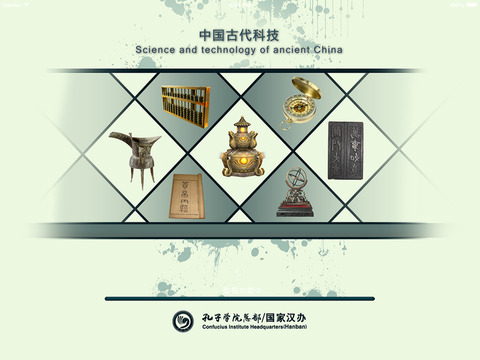
AncientScience
Beijing Ancient Observatory
In Ming Dynasty, China built the world famous royal observatory, the Beijing Ancient Observatory. It has functioned nearly 500 years, had been the national observatory of Ming and Qing, and it is one of the most ancient existed observatories in the world.
Woodblock Printing
The Chinese woodblock printing has been called “living fossil” of printing history, and it is the source of modern printing technology.
Huangdi Nei Jing
Speaking of the development of traditional Chinese medicine, the Huangdi Nei Jing must be mentioned, which is the earliest medical book existing. The book discussed physiology, pathology, diagnosis, treatment principles and pharmacology, which plays an important role in the development of traditional Chinese medicine.
Gunpowder
In Tang Dynasty, the alchemist found a formula that is easy to burn, then one of the four greatest inventions in China – gunpowder came into being.
Abacus
The calculating tool made of beads and wooden sticks is called abacus, a traditional calculating tool. It was made of wooden sticks with 7 beads lining into one group, and the groups displayed in orders and separated into two parts with a beam, then put them all into the wooden frame.
Chinese Smelting Technology
There were many metals in ancient China, such as copper and iron, gold, silver, mercury, lead, tin, zinc, etc.
The Compass and Navigation
The compass is one of the Four Great Inventions of Ancient China, and a simple instrument used for indicating direction. Soon after the compass was invented, it was applied to the navigation, and no matter how was the weather, the position could be well identified.
Chinese Architectural Design
There are various types of Chinese architecture, such as palaces, local-style dwelling houses, gardens and religious buildings and so on.


